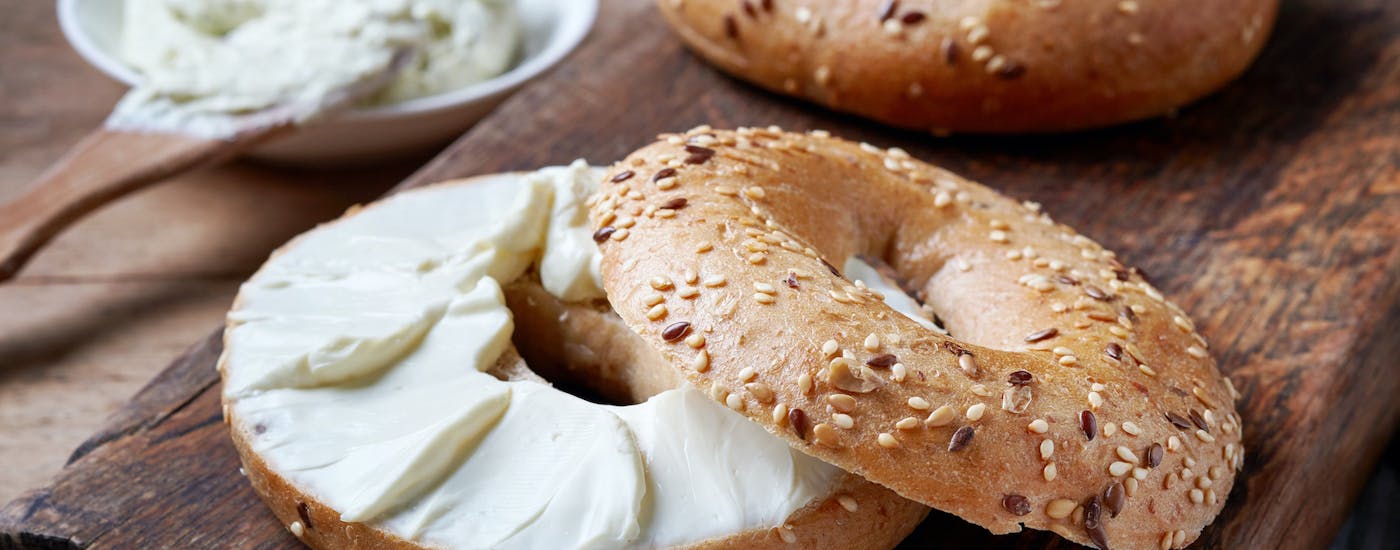The largest applications of Locust Bean Gum are in thermally processed foods whether stored frozen, refrigerated or at room temperature. These fall into two major groups: thickeners and gelling systems both which also include moisture management. Heated sauces, fillings, pasteurized dairy products and alternatives all leverage the thickening and moisture management functionality of Locust Bean Gum. These systems may also involve the gelling synergies with proteins, starch and other hydrocolloids (Xanthan, Carrageenan, Agar). Locust Bean Gum is also tolerant of high solids and thus is used in high sugar products such as gummy-type confections, gelled confectionary centers, icings, and glazes. The moisture management functionalty also contributes to increased freeze thaw stability and extended shelf life in frozen desserts and entres. Locust Bean Gum has also be used as a clean label and 100% organic alternative for suspension in shelf stable beverages. Like Guar Gum,Locust Bean Gum is available in standard, 100% Organic, and TrueGum™ grades.

Locust Bean Gum
Common Names
- Locust Bean Gum
- Carob Bean Gum
- Carob Gum
Functionality
- Thickener
- Heat Activation
- Synergies
Quality
- Viscosity
- Presence of Dark Specs
- Particle Size
Applications for Locust Bean Gum
Botanical Sources
Locust Bean Gum is produced from the legume seeds of Ceratonia siloqua, which is cultivated in the Mediterranean region (Portugal, Spain, Italy and Morocco). The dark chocolate-colored seed pods are harvested from this perrennial plant. The pods are used to manufacture a chocolate substitute and the dark brown coated seeds yield the endosperm we known as Locust Bean Gum. The tough brown seed coat must be removed and results in dark specs in the lighter-colored ground endosperm. Mechanical and steam methods are used to remove the seed coats.

Polymer Chemistry
Locust bean gum is a polymer made up of galactose and manose sugar units, thus the term galactomannan. The mannose units are joined by β (1-4)-D linkages. Some of the mannose units have a galactose unit attached with an α (1-6) linkage. The overall proportion of mannose to galactose is approximately 4:1. This polymer is not readily soluble in cold water, requiring heat for hydration and activation. Synergies include increased viscsoity development (guar and cellulose gums) and elastic gel formation (Xanthan Gum or Carrageenan). Locust Bean Gum also is synergistic with starch. The pH in solution is near neutral (5-7).
